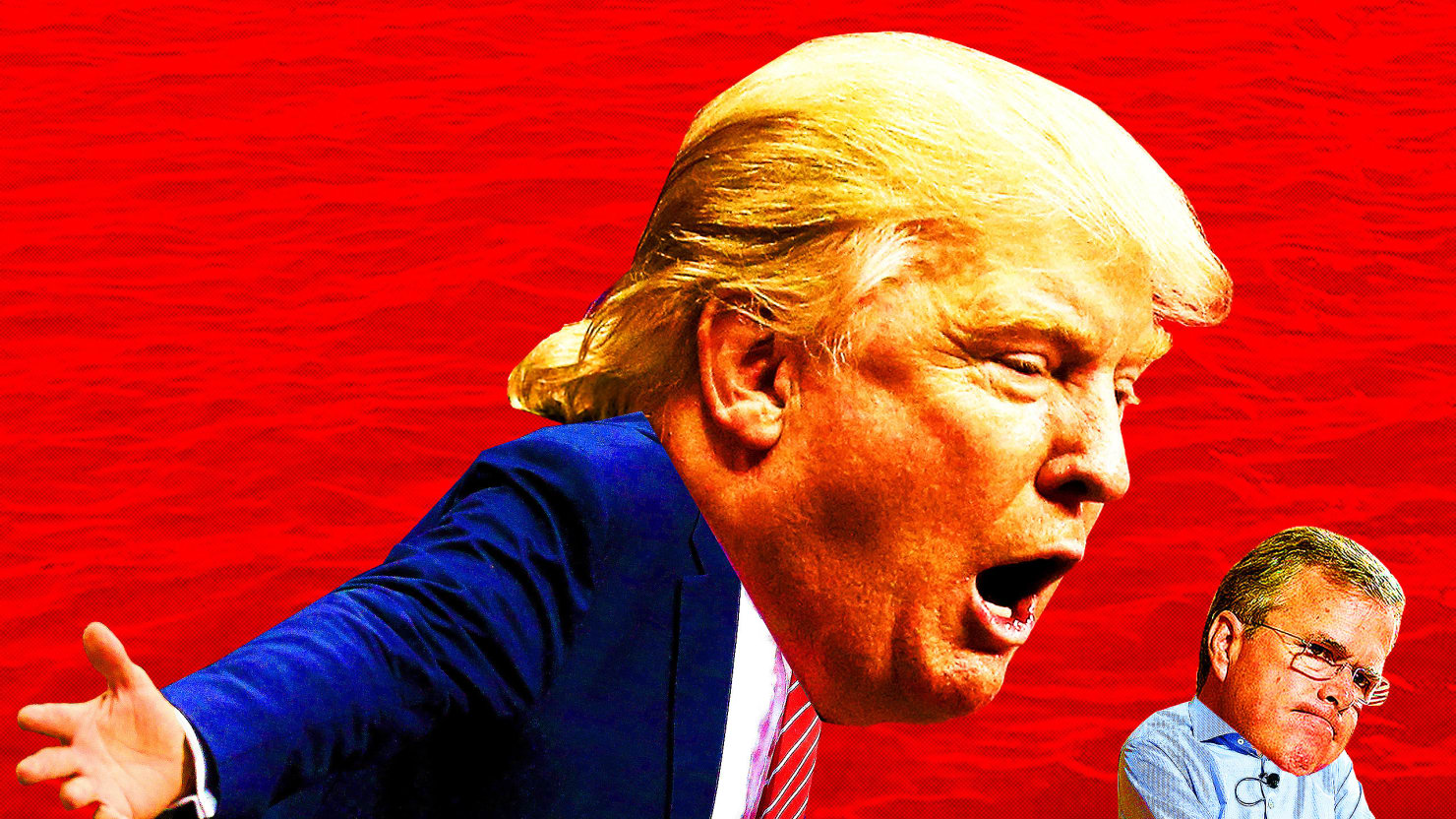Bullying rates among middle school students in the spring of 2017 were 18 percent higher in localities where voters had favored Donald Trump than in those that had supported Hillary Clinton, according to a study published in Educational Researcher, a peer-reviewed journal of the American Educational Research Association. Similarly, student reports of peers being teased or put down because of their race or ethnicity were 9 percent higher in localities favoring the Republican candidate.
Prior to the 2016 presidential election, there were no meaningful differences in bullying and teasing rates between Democratic and Republican localities. The study examined a Virginia statewide sample of more than 155,000 seventh- and eighth-grade students across the state’s 132 school districts.
The study–conducted by Francis Huang, an associate professor of statistics, measurement, and evaluation in education at the University of Missouri, and Dewey Cornell, a professor of education at the University of Virginia–used school climate survey data collected in 2013, 2015, and 2017. Researchers used a standard definition of bullying to ask students if they personally had been bullied at school, but also asked more general questions about bullying and teasing they had observed happening to others in their school.
Survey results were then mapped onto presidential election results for each school district’s locality. The study controlled for several locality-wide variables, including prior bullying and teasing rates, socioeconomic status, population density, and the percentage of white student enrollment.
Huang and Cornell found that a 10 percentage point increase in voters supporting the Republican candidate in 2016 was associated with a 5 percent jump in middle school teasing because of race or ethnicity and an 8-percent increase in middle school bullying.
“We found consistent differences in teasing and bullying rates that were linked to voting preferences,” said Huang. “While our findings do not indicate that support for Trump caused bullying to increase in Republican districts, they do provide some credence to the widespread perception that some types of teasing and bullying have increased, at least in some localities.”
The researchers noted that the findings support nationwide concerns voiced by teachers about bullying following the presidential election.
“While the ways in which the presidential election could have affected students is likely complex, educators and parents should be aware of the potential impact of public events on student behavior,” said Cornell. “Parents should be mindful of how their reactions to the presidential election, or the reactions of others, could influence their children. And politicians should be mindful of the potential impact of their campaign rhetoric and behavior on their supporters and indirectly on youth.”
The researchers noted that further research is needed to determine whether there is a causal link between Trump’s behavior and student aggression against peers, and, if so, how the mechanism works.
“It may be that presidential behavior has indirect effects on the social environment “


